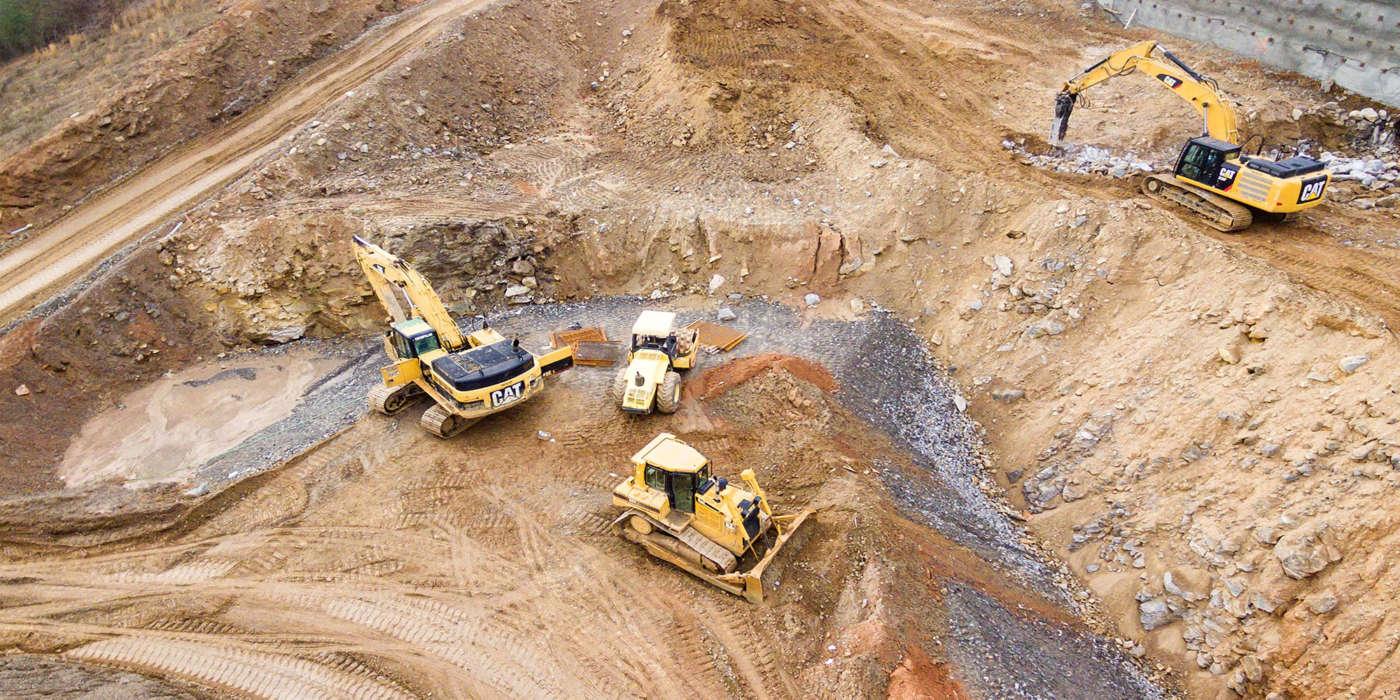The CircVol project, which began in the autumn of 2018, came to a close at the end of 2020. The project promoted the re-use of high-volume by-products and material masses, especially in the regions of Helsinki, Turku and Oulu.
– Great land masses and by-products born out of industrial production and their proper utilisation in the construction of infrastructure and land require attention. They are key components of moving towards circular economy, and this move is being facilitated also through legislative means, says Reeta Huhtinen, a specialist at Turku Science Park Ltd., which was in charge of coordinating the project.
– New operational models were tried out at various piloting locations. The companies that participated in the pilots have developed products and services that are in line with the principles of circular economy, produce less harmful carbon dioxide emissions than traditional solutions and are overall more environmentally friendly. The monetary savings they produce are also significant.
In the Turku region, the stabilization of dredging materials placed on land and subsiding loams was investigated. Both the Port and City of Turku have given up the practice of placing dredging materials in the sea as it can act as a cause of increased euthropication. However, alternative locations exist in limited quantities on land, and they require adhesives to make construction feasible. The aim is to continue field trials in the Topinpuisto and Lauttaranta areas of Turku after laboratory test conclude later this year. Companies have also had the opportunity to take part in the field trials concerning stabilization in the future Housing Fair area currently under construction in Naantali.
In addition to mass chartings, the CircVol project also investigated high-volume bio flows. Gassing was tested in the Helsinki region alongside the more traditional methods of anaerobic digestion and composting. A new kind of hydrogen-based economy is being planned and piloted. This involves taking surplus carbon dioxide produced by biorefineries and waste processing plants and transforming it into synthetic hydrocarbons and further refining them into fuel, for example. Time will tell which value chains are able to yield the most sustainable profits from bio flows. To support the decision-making that goes into public procurements, the CircVol project also, for example, compiled a handbook of biogas vehicles.
Get to know the pilots conducted during the CircVol development project in co-operation with companies and research communities (in Finnish only):
Kaupunki kestävällä maalla – julkaisu CircVol-hankkeen tuloksista
Biokaasua! Käsikirja kaasukäyttöisten ajoneuvojen hankinnan ja käytön tueksi
Kansallinen suurivolyymisten maamassojen ja sivuvirtojen kiertotalouden verkosto

